Nudges vs habits: how to make independent play effortless
Nudges make play appealing; habits make play inevitable.
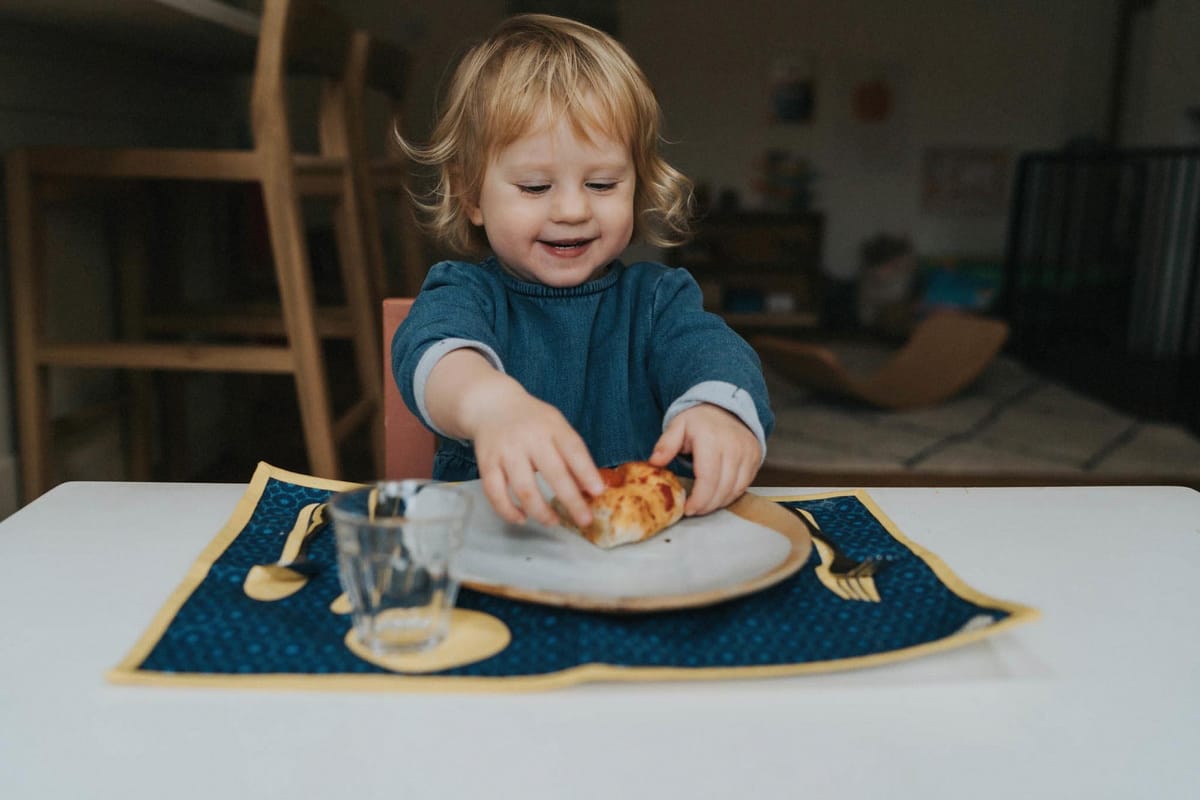
Think of a child so deeply absorbed in play that she doesn't hear you call her for supper. Remember being that child yourself? That kind of effortless engagement with play isn't magic - it's the result of two powerful forces working together.
Nudges guide your child towards play. Habits keep her coming back.

The Play with Purpose approach
The Play with Purpose approach is built on a simple but powerful idea: when you understand how children naturally learn and develop, you can create the conditions that make play inevitable. Through careful attention to the play environment, thoughtful nudges, and the building of strong play habits, you help your child rediscover her innate drive to play, explore, and create.
Understanding nudges
A nudge is an environmental cue that gently guides behaviour. Think of it like a signpost - it doesn't force your child down a particular path, but it makes that path easier to follow.
When you leave an open sketchbook and favourite pencils on the table, position building blocks where your child naturally pauses, or create a cosy reading nook along her route to the kitchen, you're using nudges to suggest play possibilities.
Nudges work because they reduce the effort needed to start playing. Your child doesn't have to decide what to do, gather materials, or create space. The opportunity is already there, waiting.
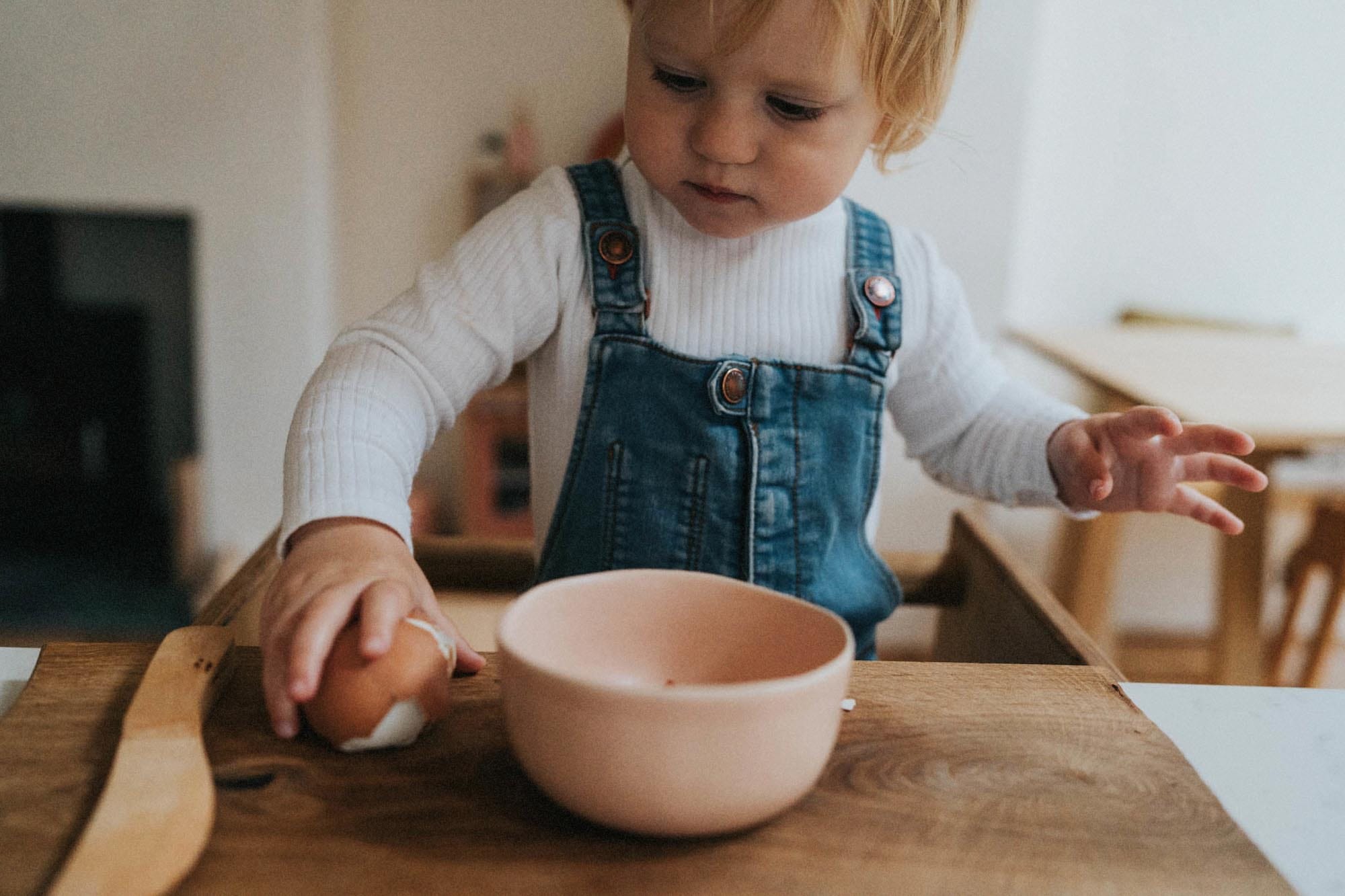
The power of habits
While nudges get play started, habits keep it going. A habit is a behaviour that's become so automatic it feels strange not to do it.
Your child probably already has many habits - both helpful and unhelpful. That instinctive reach for the iPad after breakfast? That's a habit. But so is snuggling up for a bedtime story or building with blocks after coming home from school.
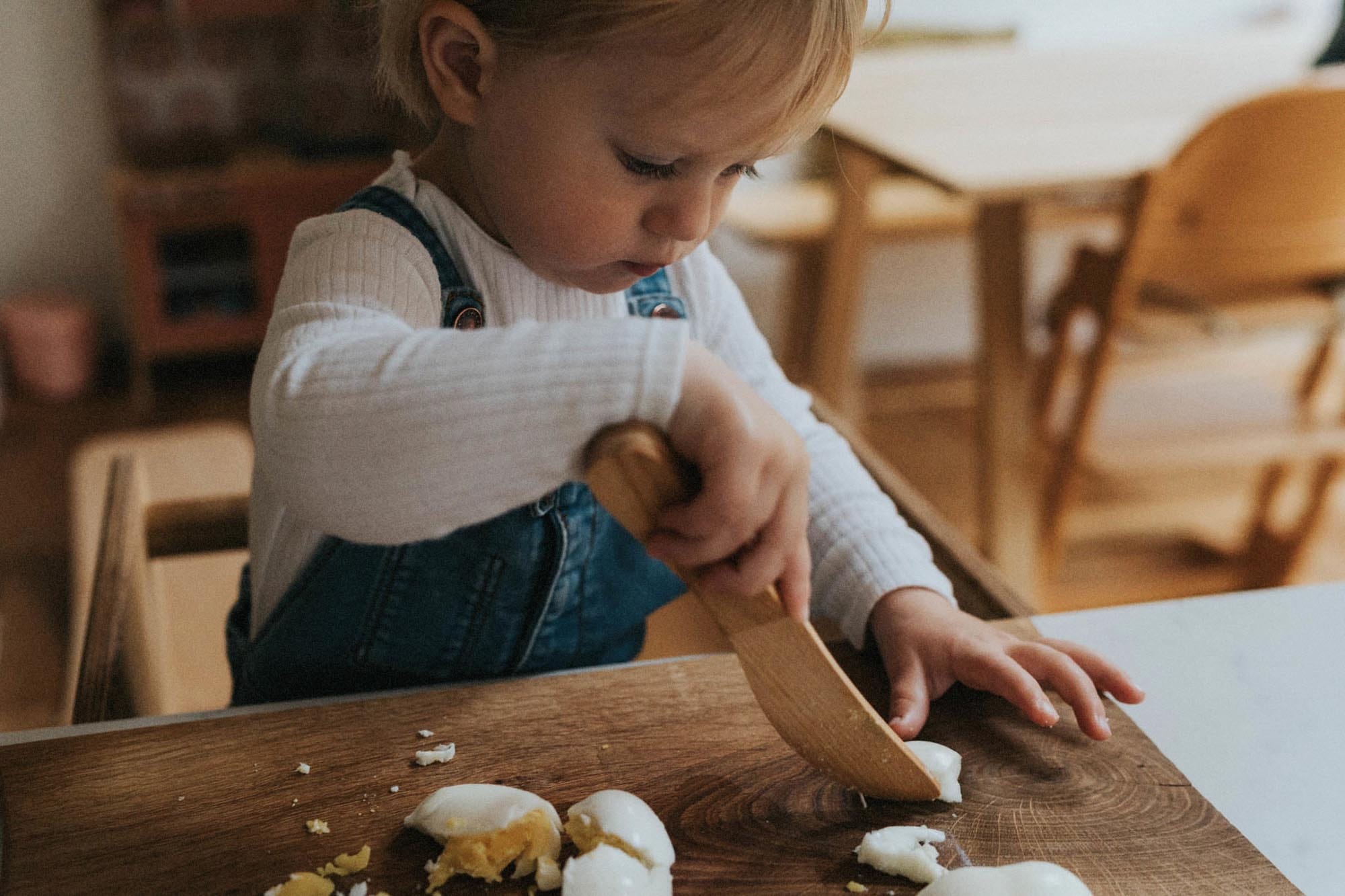
How nudges and habits work together
The magic happens when nudges and habits work in partnership. Consider a Play Kit - a self-contained collection of materials that invites your child to explore and create. When you place it where your child naturally passes, it acts as a nudge towards play. Each time she engages with it, she builds a habit of independent play. Add something new to the kit periodically, and you maintain both the nudge (fresh interest) and strengthen the habit (returning to explore).
This is especially powerful when you build on existing routines. Your child already has many daily habits, from putting away her breakfast bowl to hanging up her school bag. These become natural moments to attach play opportunities.
Creating conditions for success
Play habits, like all habits, can be disrupted by changes in routine, environment, or your child's interests. The key isn't to rigidly maintain patterns but to understand the principles behind them. When you know how nudges and habits work together, you can adapt them to new situations, helping your child maintain her connection to play even as circumstances change.
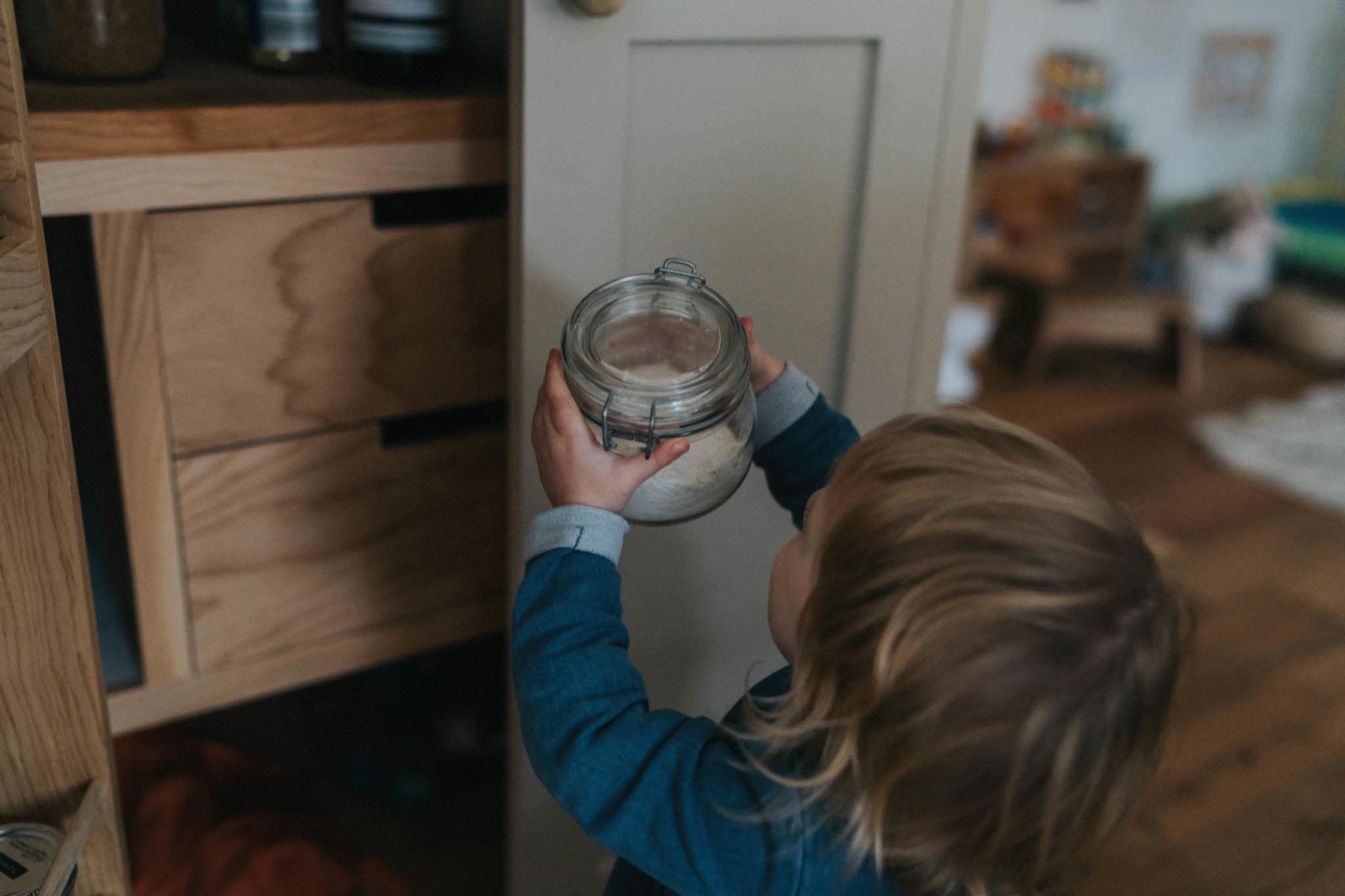
How to start today
Understanding the principles is just the first step. Here's how to put them into practice:
If play isn't happening naturally, start with a nudge.
- Leave out an unfinished activity
- Set up a simple, open-ended prompt (like a basic Play Kit with just a few materials)
- Reduce screen access so play feels easier
Then, build a habit.
- Attach play to a routine (e.g., "After lunch, we check our Play Kit shelf")
- Keep it simple - just five minutes a day is enough to start
- Be consistent. Habits need repetition
Final thoughts
Nudges make play appealing.
Habits make play inevitable.
By using both, you create a home where play isn't just an option - it's a way of life.
Looking ahead
Understanding how nudges and habits work together is just the beginning. In future articles, we'll explore specific strategies like Play Kits, toy rotation, and creating engaging play environments that turn independent play from a challenge into a natural part of your child's day.
What small nudge could you create today to start building tomorrow's play habits?
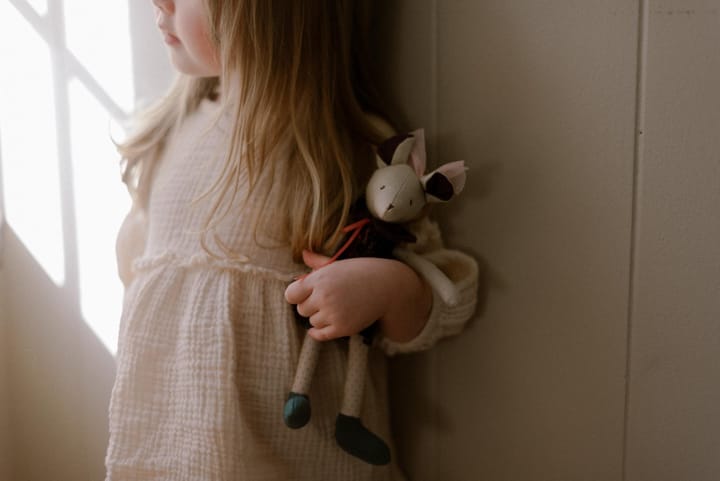
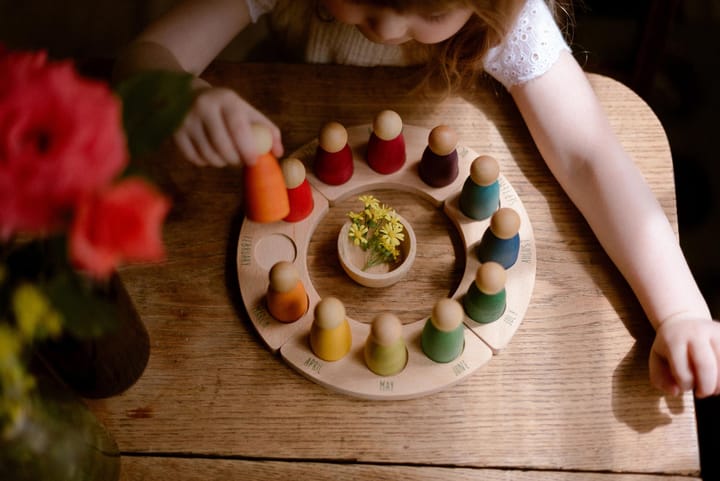
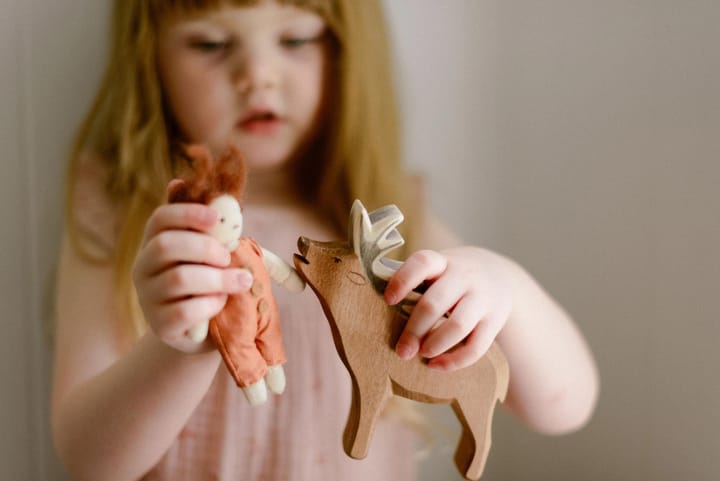
Comments ()